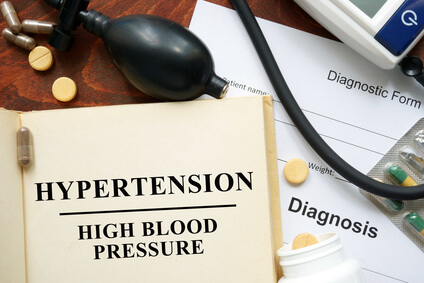From the first reports, back in 1920, we have studied, recognized and documented the excess of events associated with arterial hypertension. This linear relationship between the level of blood pressure and the risk of stroke, is evident in all adults beyond age, sex or race, transforming high blood pressure into the highest target of global public health.

The greatest impact of reducing hypertension was observed in adults between 60 and 74 years, where a decrease in systolic pressure from 148 to 129 mm Hg led to a 50% reduction in stroke risk, and a decrease from 188 to 156 mm Hg to a reduction of 90% of the risk!
Read also: New High Blood Pressure Guidelines.
These lower levels of blood pressure observed were, obviously, thanks to the pharmacological treatment of this age group. However, lower levels were also observed in the group between 20 and 29 years, which suggests that prevention and non-pharmacological treatment are also very effective.
From the end of the 90s until 2017, the evidence from randomized clinical studies and epidemiological studies was incorporated into the guidelines to detect, treat, control and prevent hypertension in the most effective way possible.
With each new guide that redefined objectives and improved treatment protocols, a decrease in the population’s blood pressure and a reduction in stroke risk was observed. These improvements cannot be attributed to the guidelines themselves, but rather to the implementation by doctors of their recommendations in daily clinical practice.
Read also: Patients with Resistant Hypertension: Nearly 50% doesn’t take medication.
The reduction in the risk of stroke due to the decrease in blood pressure has been proposed as the greatest achievement of public health in the last 50 years. This achievement is not more than the result of the application in daily clinical practice of recommendations based on evidence and adherence to treatment by patients.
We hope that the ambitious recommendations of the new hypertension guidelines of 2017 can continue with the trend of their predecessors, since there is still a huge potential in improving the cerebrovascular health of the population.
Original title: Implications of New High Blood Pressure Guidelines for Stroke Primary and Secondary Prevention.
Get the latest scientific articles on interventional cardiologySubscribe to our weekly newsletter
We are interested in your opinion. Please, leave your comments, thoughts, questions, etc., below. They will be most welcome.





